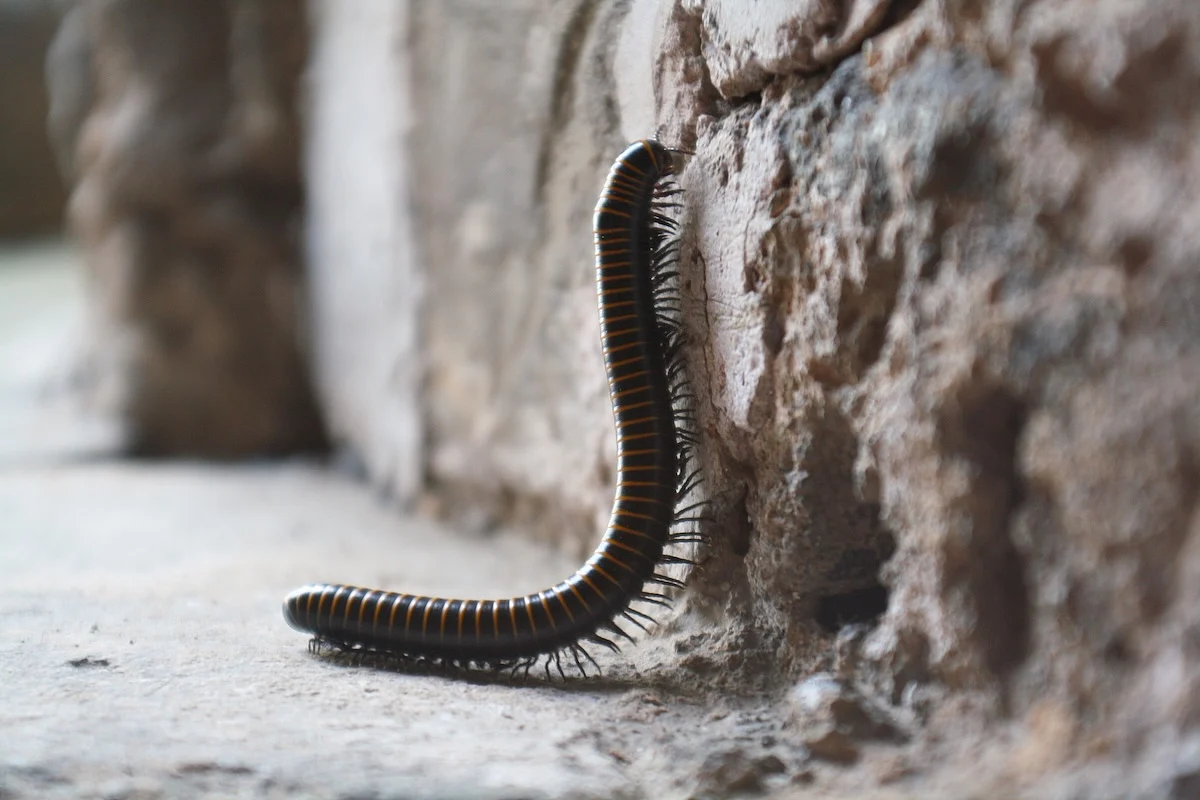Get Healthy!

- Posted August 2, 2025
Do Millipedes Hold Key to Pain Relief, Parkinson's Treatment?
To fend off predators, millipedes release defensive compounds that could one day play a part in treating pain and neurological diseases.
"These compounds are quite complex, so they’re going to take some time to synthesize in the lab," said chemist Emily Meyers, whose research specializes in leveraging the chemistry of underexplored ecological sources in the name of drug discovery.
She and her Virginia Tech colleagues recently identified complex structures in millipedes’ natural secretions that can influence specific neuroreceptors in ant brains, according to a campus news release.
The team published its findings earlier this month in the Journal of the American Chemical Society.
The newly discovered compounds are part of a class of naturally occurring alkaloids.
The name Meyers’ team gave them — andrognathanols and andrognathines — is a tip of the hat to the millipede on Virginia Tech’s Blackburg campus that they studied. Its scientific name is Andrognathus corticarius, but it’s better known as the Hokie millipede, a nod to Virginia Tech’s mascot.
For the study, researchers collected the critters from beneath fallen branches and leaves in campus woods. Then, they used a variety of tools to suss out the compounds contained in the millipedes’ defensive glands.
A surprising find: The bugs release the compounds not only to fend off predators but also to share their location with family members.
The compounds make ants — a presumed predator — disoriented. Some of them also interact with a single neuroreceptor called Sigma-1, which has been implicated in such brain disorders as depression, schizophrenia, Parkinson’s disease and Lou Gehrig’s disease.
Meyers and entomologist Paul Marek have previously found that this family of compounds may have potential for treating pain and some neurological disorders. The next step is finding a lab to make them in larger quantities and to learn more about them.
Once larger quantities are in hand, her team. hopes to learn more about their properties and potential in drug development.
More information
There’s more about treating neurological diseases at the American Brain Foundation.
SOURCE: Science Daily, July 25, 2025






